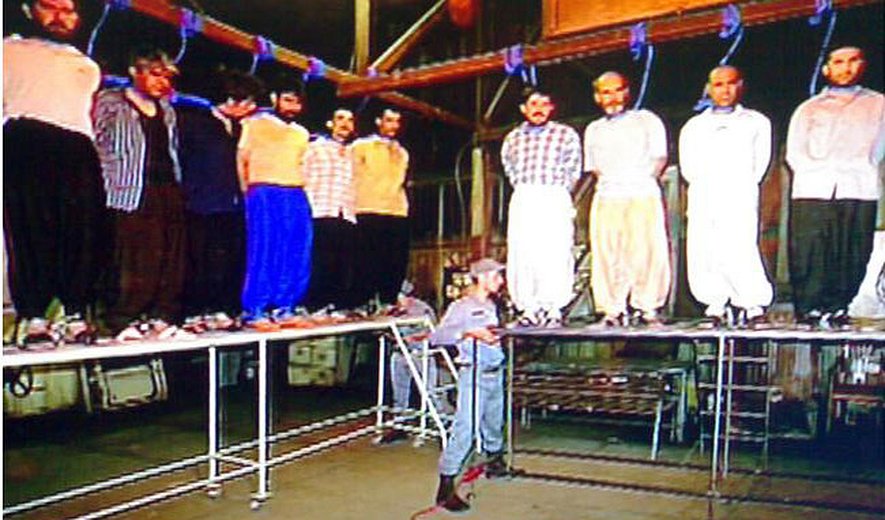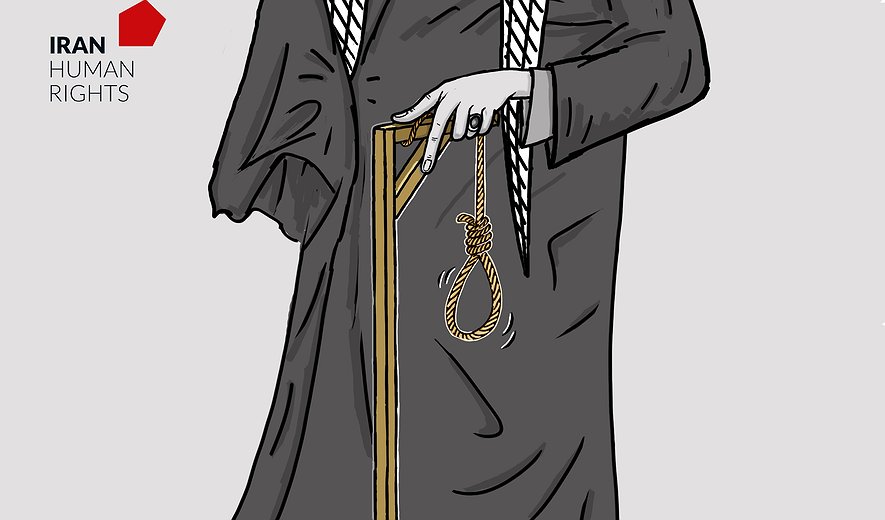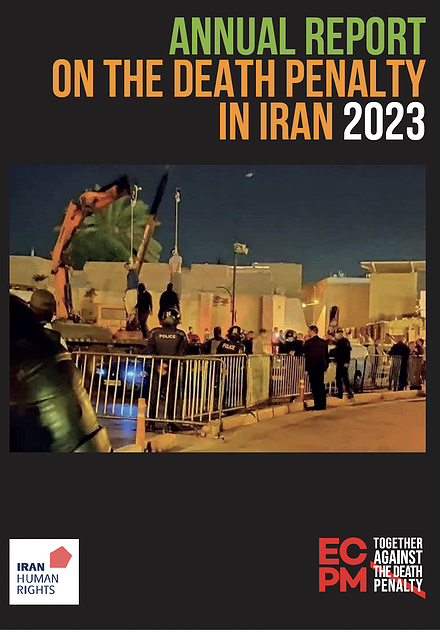New Executions in Vakilabad- About 500 Executions in One Prison Since October 2012- IHR Urges the International Community to Intervene Immediately

Iran Human Rights, February 24: On February 3, Iran Human Rights (IHR) reported that secret executions in Vakilabad prison had resumed after several months’ halt due to international reactions. The executions began in October 2012 and have been taking place on Wednesdays and Sundays every week. On a few occasions there have been three weekly executions. Each time, at least ten prisoners are hanged; on two occasions in November and December, thirty-five and fifty prisoners were executed respectively. The executions take place in complete secrecy, and the phone lines of the prison are cut off several hours before the executions.
- Neither the prisoners nor their families and lawyers (if they have them) are informed about the executions in advance. Tens of prisoners, among them a possible minor, executed on February 10 and 13 Reliable reports from Vakilabad prison indicate that the mass executions are still taking place. IHR has now received more details about the mass executions which occurred on Sunday, February 10 and Wednesday, February 13. According to these reports, at least ten prisoners were executed on February 10, while the number of prisoners executed on Wednesday February 13 was much higher. Most of those executed were convicted of drug related charges. However, a possible minor offender was among those executed on February 13: a young boy who had just turned eighteen and was convicted of murder. According to our sources, the boy was allegedly a minor and under narcotic-induced psychosis when he committed the offence. Many Afghan citizens among those executed: IHR has also received reports about a significant number of Afghan prisoners among those executed in the Vakilabad prison in the past few months. The bodies of the executed Afghan prisoners, which were not transferred to Afghanistan, are buried at a section of the Mashhad Cemetery (Behesht-e-Reza) along with the bodies of the other prisoners executed secretly in Vakilabad. This part of the cemetery is monitored by cameras and patrolled by the Iranian security forces. A recent report from BBC Persian supports IHR’s reports on execution of Afghans in Vakilabad. On February 23, BBC Persian reported that bodies of five Afghan prisoners, who were executed in Iran, were buried in the Kalafgan district of Takhar Province in Afghanistan. Quoting the families of those executed, the report says that about 80 people from this district have been executed in the last six months in Iran. The report said that 50 bodies were trensferred to Afghanistan while the remining bodies are being kept at cold rooms in Iran. United Nations must intervene Based on the new information about the mass executions in Vakilabad, IHR has sent an urgent appeal to the United Nations (UN) to send a fact finding mission to Iran. IHR spokesperson Mahmood Amiry-Moghaddam said: “What is going on in Vakilabad is a massacre. These are arbitrary and unlawful mass executions that must be stopped[…] We urge the UN to send a fact finding commission to Iran immediately and we ask the international community to react. Hundreds or possibly thousands of the prisoners can be executed in the coming months.” Amiry-Moghaddam also urged the Afghan government to follow up the situation of its imprisoned citizens in Iran more closely, saying, “Afghan citizens are among the weakest in the Iranian society. Many of those imprisoned do not have access to lawyers and their execution is violation of international obligations. Unfortunately, the Afghan government doesn’t seem to pay much attention to its imprisoned citizens in Iran.” — Overfilled prisons Iranian authorities’ motivation for the mass executions? According to unconfirmed reports, there could be as many as 3,000 death row prisoners in Vakilabad in danger of execution in the coming months. IHR believes that secret executions also take place in other Iranian prisoners. In its annual report from 2011, IHR reported confirmed secret executions in fifteen different Iranian prisoners. One of the reasons for the secret mass executions in Vakilabad and other Iranian prisons is that the prisons are overfilled. According to official Iranian reports, there are 600,000 prisoners in the Iranian prisons. IHR’s sources estimate that there are 20,000 prisoners in Vakilabad, though the prison only has the capacity to house 4,000 inmates. According to eyewitnesses, in some of the wards the prisoners have to sleep on the steps and in the corridors. The situation is similar in several other Iranian prisons, and it seems that mass execution of the death row prisoners is one of the solutions Iranian authorities have sought to overcrowded prisons in Iran.
Human rights groups published the first reports on secret executions in Vakilabad prison in 2010. According to the estimates at least 500 prisoners were executed in 2010-2011. Names of more than 100 executed prisoners were published in 2011. The executions halted in 2011 due to international attention. However, the executions have resumed and according to IHR’s conservative estimates that about 500 prisoners are executed in this prison since October 2012.

